Neurological Balance and Medical Disorders
- Seizure Disorders in Children: Symptoms, Diagnosis, and Therapy
- Tourette Syndrome in Children: Symptoms, Diagnosis & Therapy Options
- Substance Use Disorders in Youth: Effects, Signs & Therapy Support
- Cerebral Palsy in Children: Symptoms, Types & Therapy Support
- Pediatric TBI & Concussions: Symptoms, Recovery & Therapy Support
- Pediatric Migraines: Symptoms, Triggers & Therapy Support
- Ehlers-Danlos Syndrome in Children: Symptoms, Types & Therapy Support
- BPPV: Causes, Symptoms & Treatment with Physical Therapy
- Vestibular Disorders: Symptoms, Causes & Therapy Support for All Ages
- Parkinson’s Disease: Symptoms, Treatment & Therapy Support
- Post-Stroke Rehab & CVA Recovery: Find Therapists for Stroke Rehabilitation
- Ataxia: Causes, Symptoms & Rehab Therapies
- Peripheral Neuropathy: Causes, Symptoms & Rehab
- Delayed Motor Milestones in Children | Early Signs, Causes & Therapy
- Hypotonia (Low Muscle Tone) in Children: Symptoms, Causes & Therapy
- Spina Bifida in Children: Types, Symptoms & Therapy Options
- Tic Disorders in Children: Symptoms, Types & Therapy Support
- Down Syndrome
Spina Bifida in Children: Types, Symptoms & Therapy Options

Authored by: The DrSensory Editorial Team
Reviewed by: 🛡️ DrSensory Clinical Review Board – Doctor of Therapy Rehab Division
Last updated: June 2025
Spina Bifida in Children: Early Intervention, Therapy, and Support
What Is Spina Bifida?
Spina bifida is a type of neural tube defect (NTD) that occurs when the spinal column does not fully close during early fetal development. It can cause varying degrees of mobility issues, muscle weakness, and neurological challenges, depending on the severity and location of the defect.
Spina bifida affects approximately 1 in every 2,750 births in the U.S. While it’s a lifelong condition, early therapeutic care—including physical, occupational, and speech therapy—can significantly improve a child’s mobility, communication, and independence.
Types of Spina Bifida
There are three main types of spina bifida, each with different levels of severity:
Spina Bifida Occulta
- The mildest and most common form
- Small gap in the spine, but no opening or sac
- Often has no symptoms or only mild back issues
Meningocele
- A sac of fluid protrudes through the spine, but no spinal cord involvement
- May cause minor disabilities
Myelomeningocele (Open Spina Bifida)
- The most severe form
- The spinal cord and nerves protrude through the back
- Leads to motor impairments, paralysis, bladder/bowel dysfunction, and possible cognitive delays
Common Symptoms and Challenges
Symptoms depend on the type and location of the spinal defect, but may include:
- Muscle weakness or paralysis in the legs
- Loss of bladder or bowel control
- Hydrocephalus (fluid buildup in the brain)
- Orthopedic issues (clubfoot, scoliosis, hip dislocation)
- Difficulty with coordination and balance
- Cognitive delays or learning difficulties
- Speech or language impairments
- Fine motor skill challenges
- Sensory processing issues
How Spina Bifida Is Diagnosed
- Diagnosis can occur:
- Prenatally via ultrasound or maternal blood tests (AFP test)
- At birth, due to visible signs or spinal abnormalities
- In milder cases, during early childhood when developmental delays emerge
How Therapy Helps Children With Spina Bifida
A multidisciplinary therapy approach is often needed to address the complex challenges of spina bifida. Pediatric PT, OT, and SLPs play key roles.
Pediatric Physical Therapy (PT)
- Enhances muscle strength, range of motion, and balance
- Supports mobility: walking, wheelchair use, bracing, and orthotics
- Prevents secondary issues like contractures or pressure sores
- Improves posture and motor coordination
Pediatric Occupational Therapy (OT)
- Builds fine motor skills (writing, dressing, feeding)
- Encourages independence in daily activities
- Recommends adaptive tools and home modifications
- Addresses sensory integration and hand function
Pediatric Speech-Language Pathology (SLP)
- Supports children with cognitive or language delays
- Assists with oral motor issues, feeding, or swallowing
- Enhances social communication skills
- Helps manage speech affected by hydrocephalus or Chiari malformation
Early Intervention and Long-Term Care
Starting therapy as early as infancy is essential to:
- Improve developmental outcomes
- Maximize independence
- Support brain development during critical growth periods
- Promote family confidence and caregiving skills
Therapy often continues through school age and adolescence, adjusting as the child’s needs evolve.
How DrSensory Supports Families and Therapists
For Parents and Caregivers:
DrSensory connects families to qualified pediatric therapists experienced in working with children with spina bifida.
✅ Browse by therapy type: PT, OT, SLP
✅ Search by location, age group, and specialties
✅ View full therapist profiles with credentials and clinic info
✅ Choose in-person or virtual care options
🔎 [Find a Pediatric Therapist for Spina Bifida →]
For Therapists and Clinics:
DrSensory helps you grow your impact and visibility.
✅ Showcase your expertise in pediatric neurodevelopment
✅ Get discovered by families looking for spina bifida care
✅ Boost your Google search ranking and SEO
✅ Build credibility with a verified professional profile
📈 [List Your Practice or Claim Your Therapist Profile Now →]
Frequently Asked Questions (FAQ)
What causes spina bifida?
Spina bifida occurs when the neural tube fails to close properly during the first month of pregnancy. Risk factors include genetic predisposition, low folic acid intake, and certain environmental exposures.
Can children with spina bifida walk?
Some children with lower-level lesions or mild forms may walk with or without assistive devices. Others with higher-level lesions may use wheelchairs. PT helps maximize each child’s mobility and independence.
Is spina bifida associated with intellectual disability?
Not always. Many children with spina bifida have normal intelligence, though some may experience learning differences or executive function challenges—especially if hydrocephalus is present.
Does spina bifida affect speech and language?
Yes, especially if hydrocephalus or Chiari malformation is present. Children may need SLP support for speech clarity, receptive/expressive language, and oral motor skills.
Is therapy covered by insurance?
Most insurance plans, including Medicaid and Early Intervention programs, cover PT, OT, and SLP for spina bifida-related care. Families should confirm coverage with providers or contact therapists directly.
Can adults with spina bifida benefit from therapy?
Absolutely. While this page focuses on children, adults with spina bifida often need continued support for mobility, self-care, and occupational independence. DrSensory can also help them find appropriate therapists.
This page provides general educational content and is not a substitute for professional medical advice. Always consult a licensed provider for diagnosis and treatment.
View privacy policy, copyright and trust info
More on Neurological Balance and Medical Disorders

- Seizure Disorders in Children: Symptoms, Diagnosis, and Therapy
- Tourette Syndrome in Children: Symptoms, Diagnosis & Therapy Options
- Substance Use Disorders in Youth: Effects, Signs & Therapy Support
- Cerebral Palsy in Children: Symptoms, Types & Therapy Support
- Pediatric TBI & Concussions: Symptoms, Recovery & Therapy Support
- Pediatric Migraines: Symptoms, Triggers & Therapy Support
- Ehlers-Danlos Syndrome in Children: Symptoms, Types & Therapy Support
- BPPV: Causes, Symptoms & Treatment with Physical Therapy
- Vestibular Disorders: Symptoms, Causes & Therapy Support for All Ages
- Parkinson’s Disease: Symptoms, Treatment & Therapy Support
- Post-Stroke Rehab & CVA Recovery: Find Therapists for Stroke Rehabilitation
- Ataxia: Causes, Symptoms & Rehab Therapies
- Peripheral Neuropathy: Causes, Symptoms & Rehab
- Delayed Motor Milestones in Children | Early Signs, Causes & Therapy
- Hypotonia (Low Muscle Tone) in Children: Symptoms, Causes & Therapy
- Spina Bifida in Children: Types, Symptoms & Therapy Options
- Tic Disorders in Children: Symptoms, Types & Therapy Support
- Down Syndrome
Find a Therapist near you
Are you looking for a physical, occupational, or speech therapist in your area?
Look no further than the DrSensory Therapist Database and Clinic Directory!
Find a Therapist
Find the physical therapist, occupational therapist, or speech language pathologist you’re looking for!
Ask Us Anything
Whether you are looking for advice, have a general question about sensory processing, or looking for resources.
Submit Your Story
Share your story about your child. Let’s celebrate milestones and learn more about challenges.











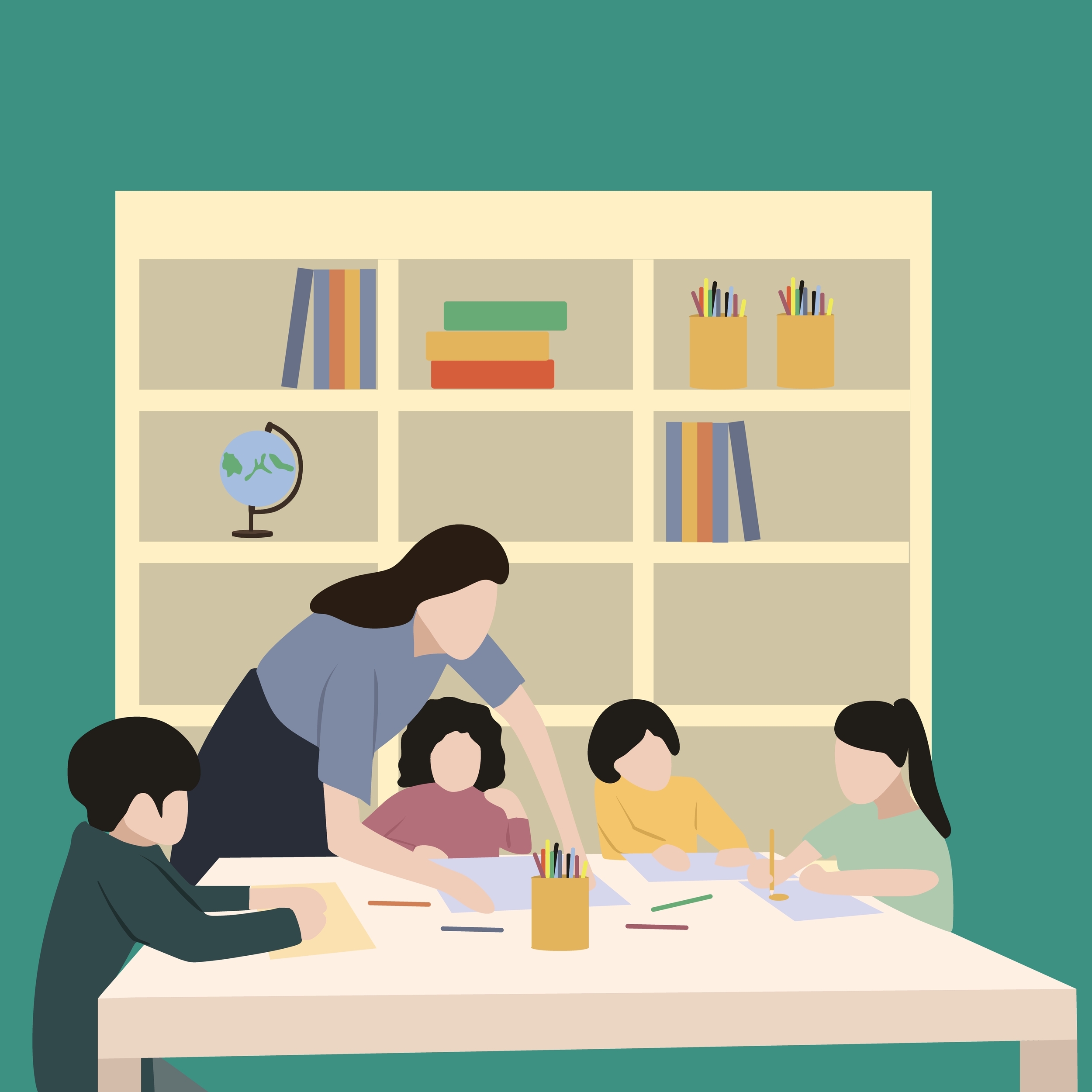


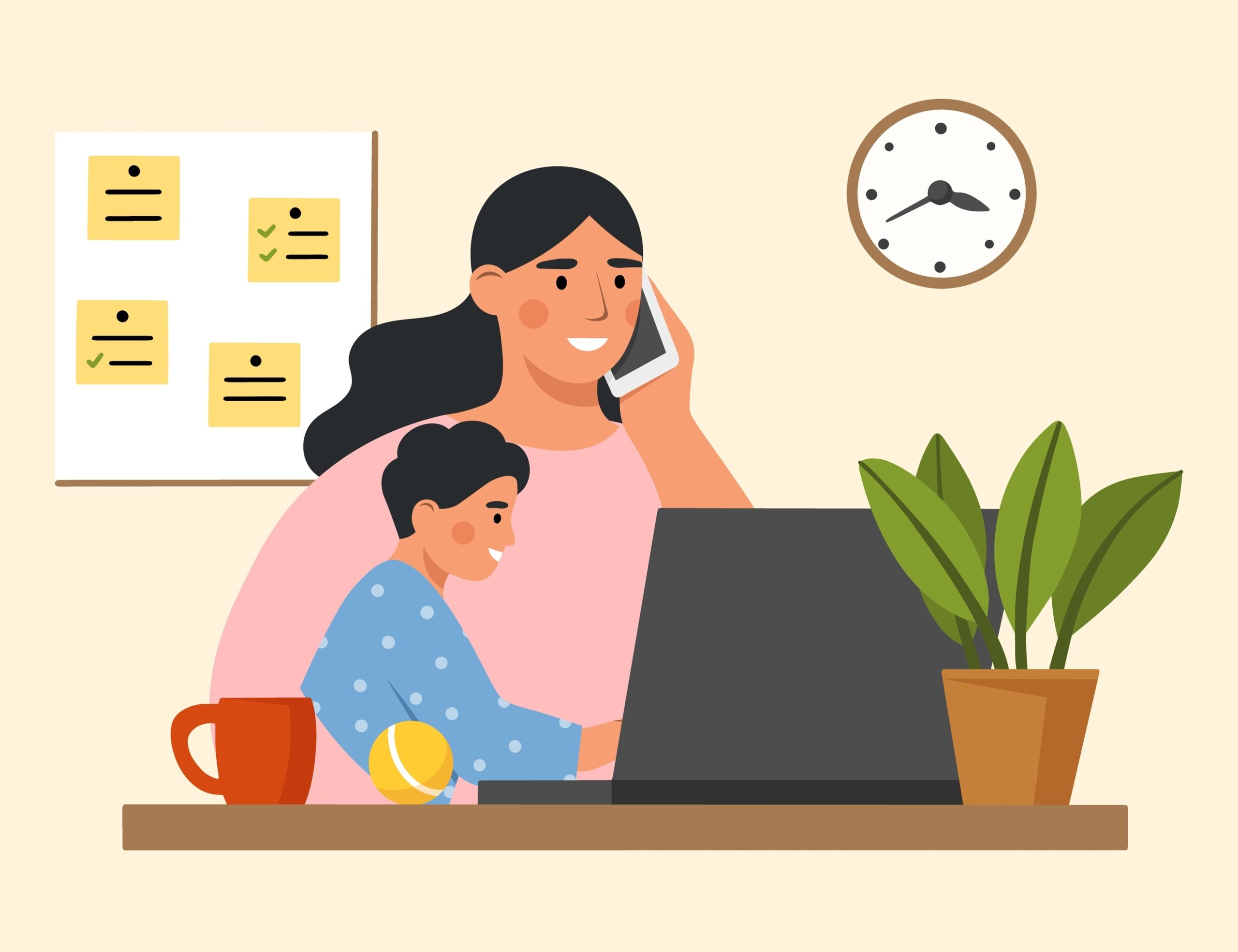


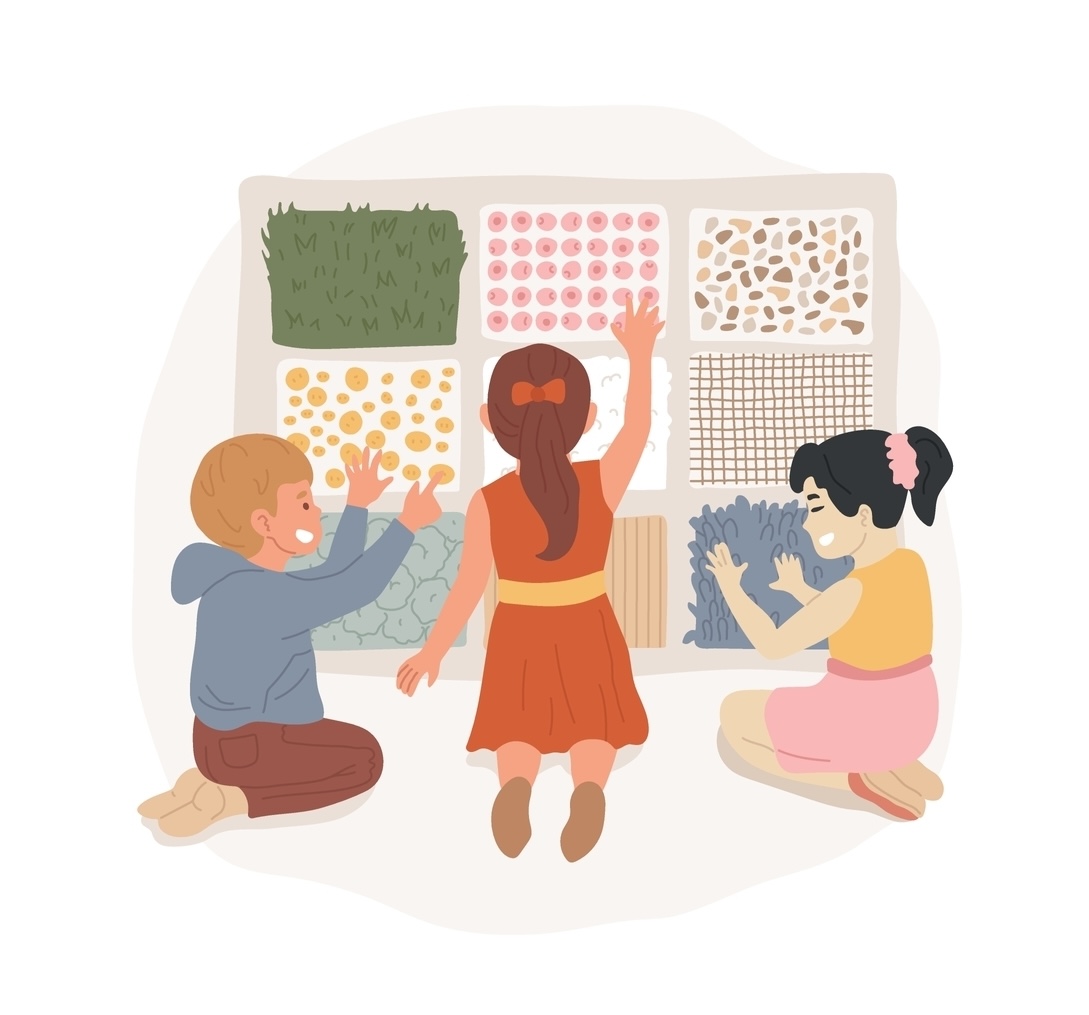


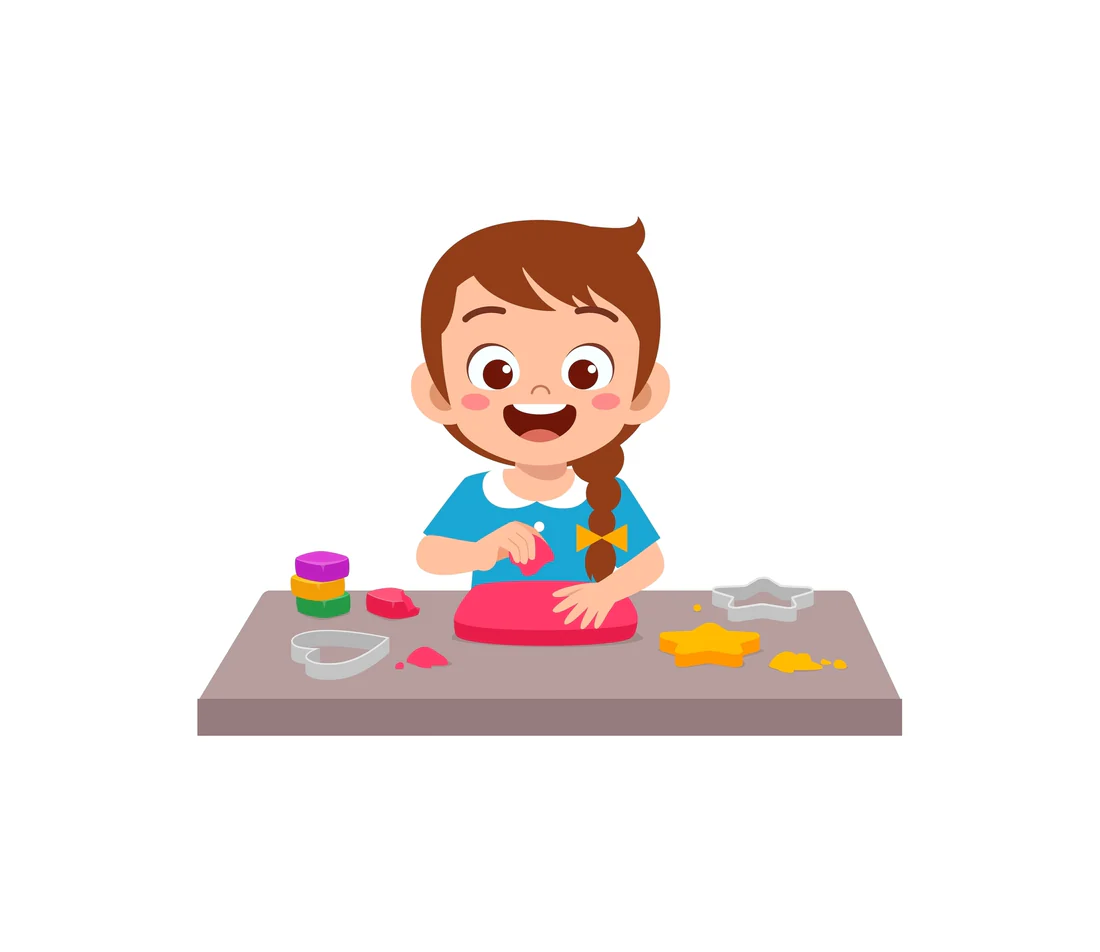
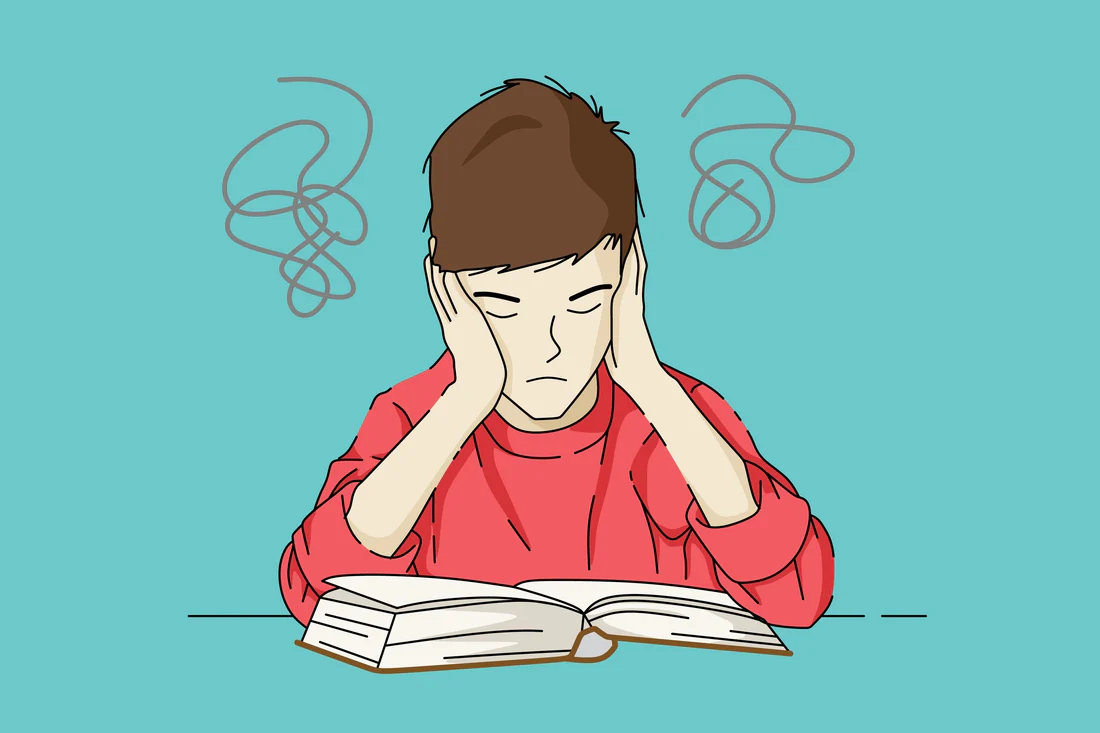
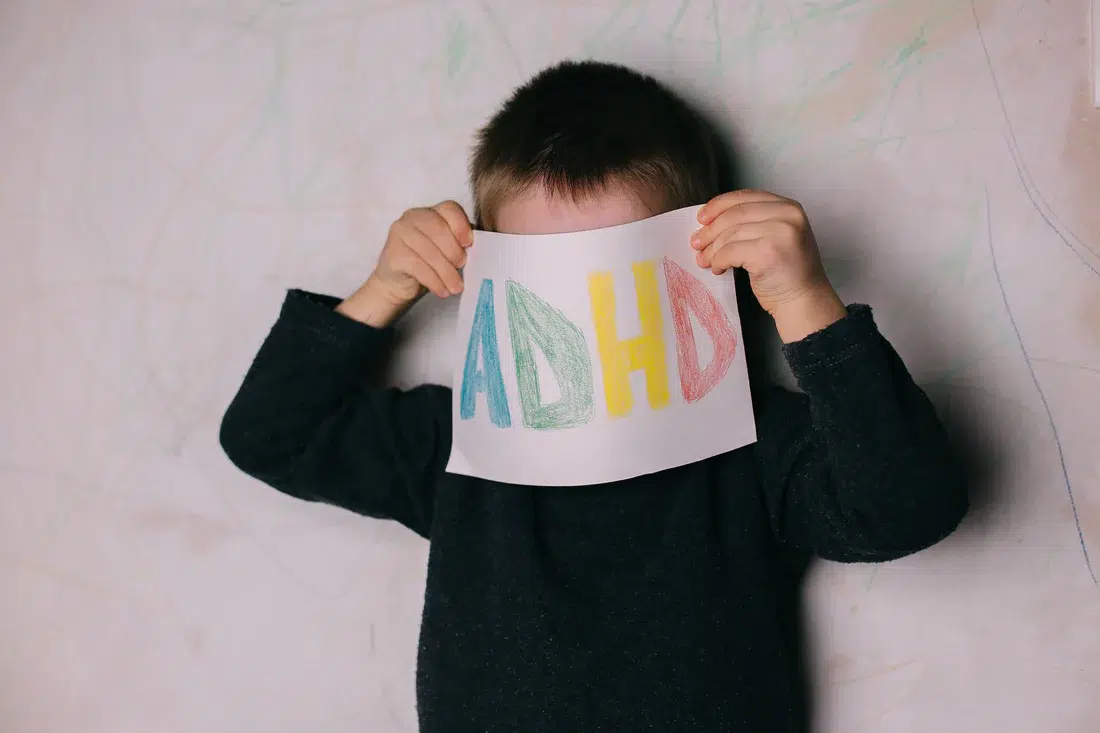


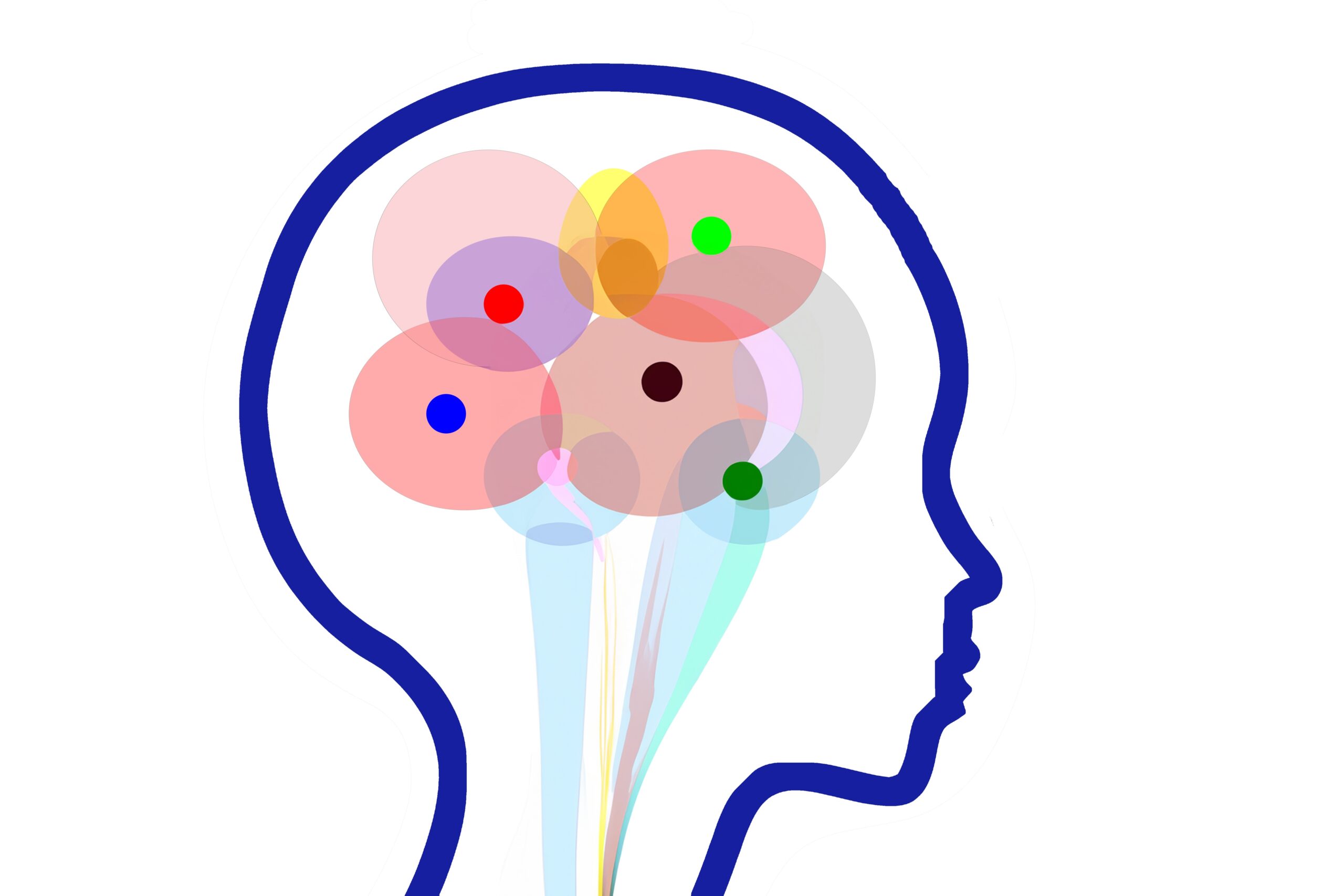
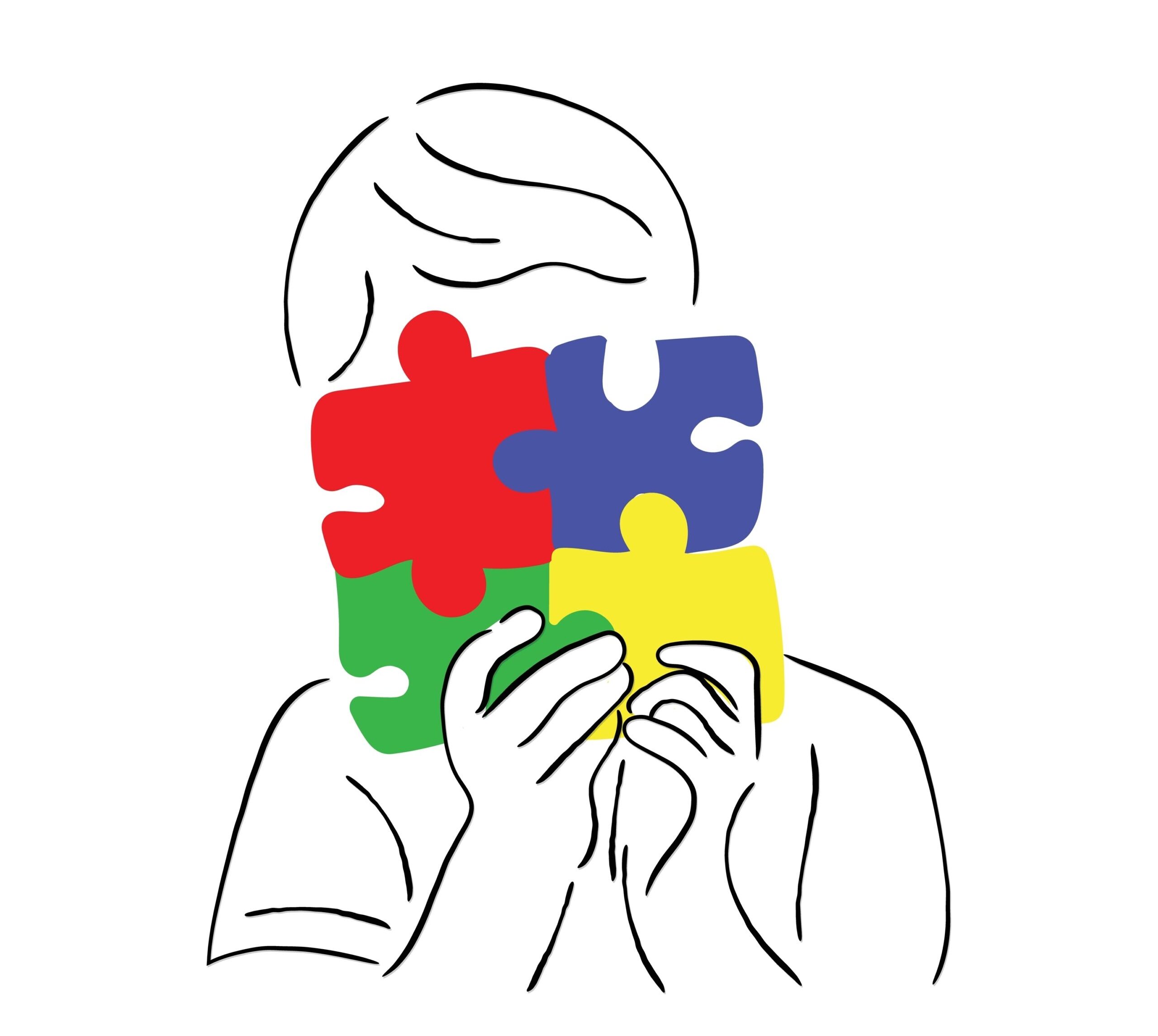
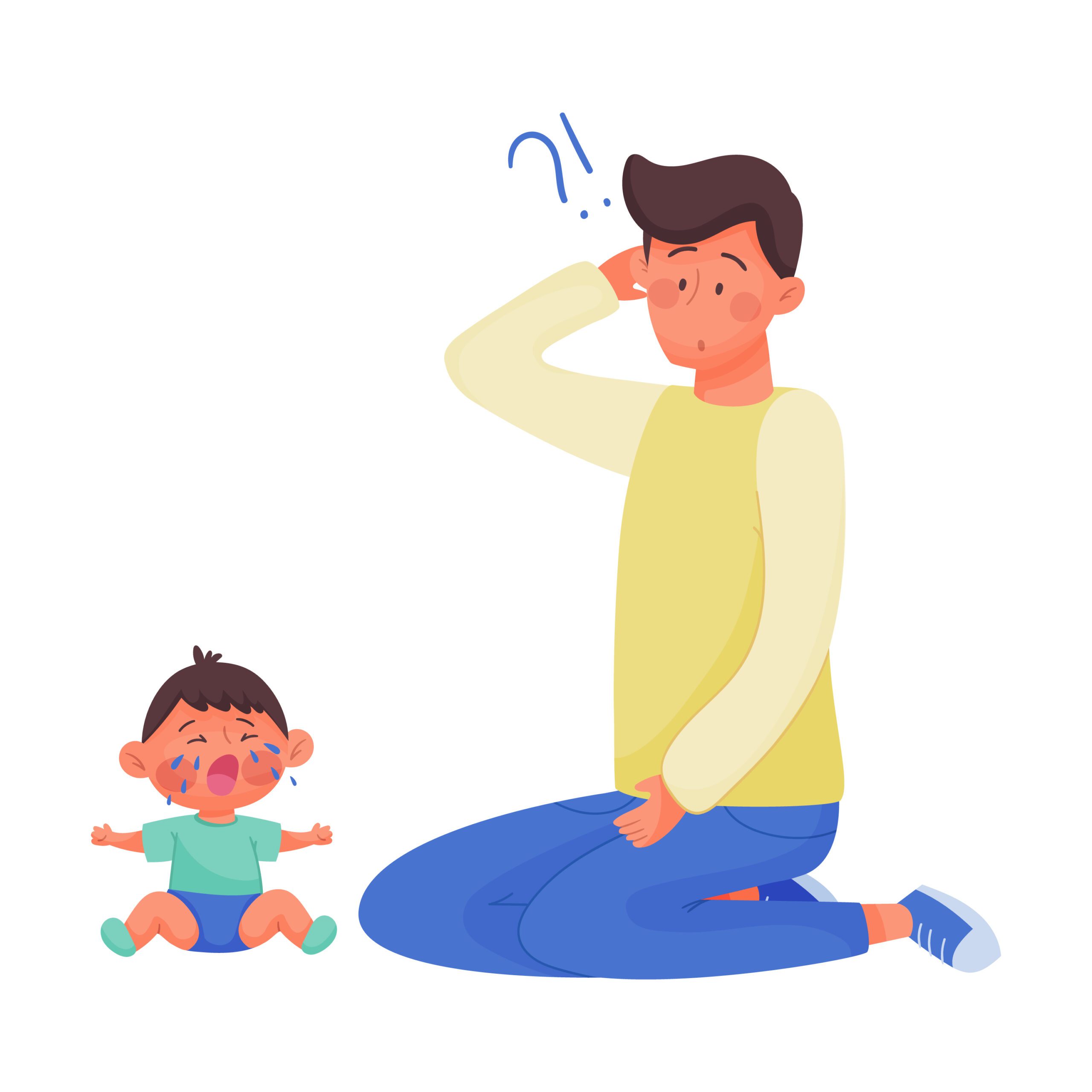

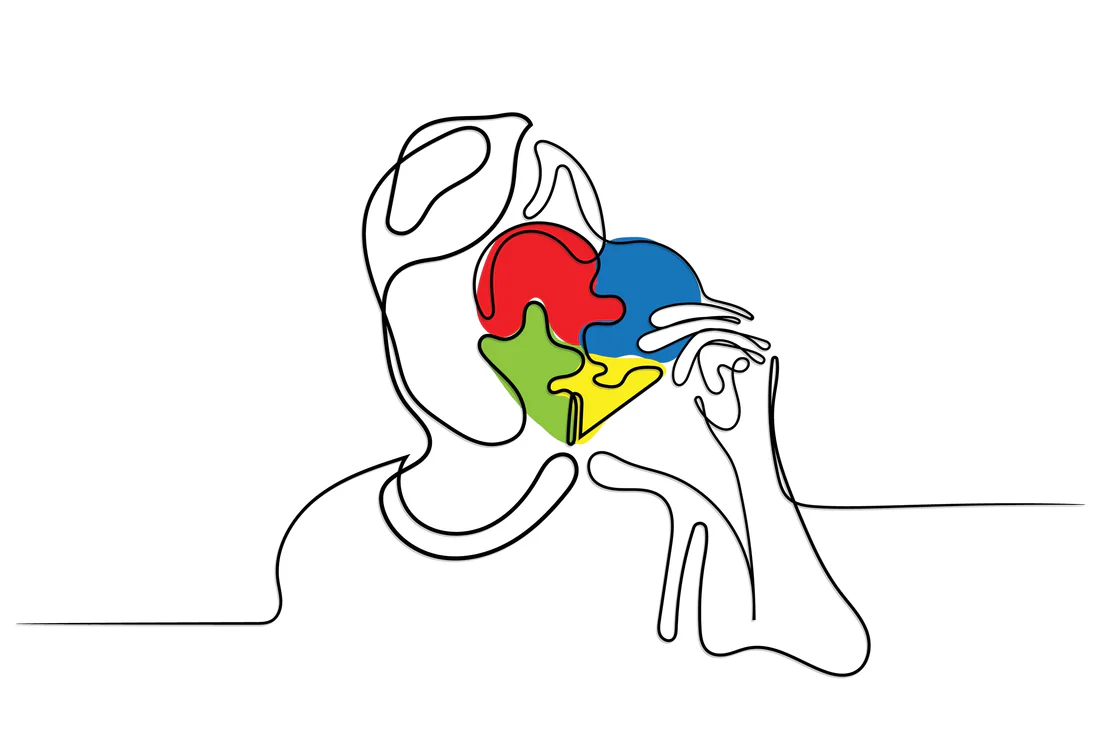










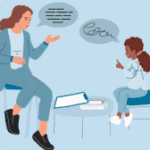 Speech Therapy
Speech Therapy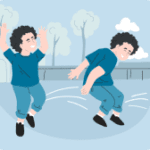 Physical Therapy
Physical Therapy Occupational Therapy
Occupational Therapy




